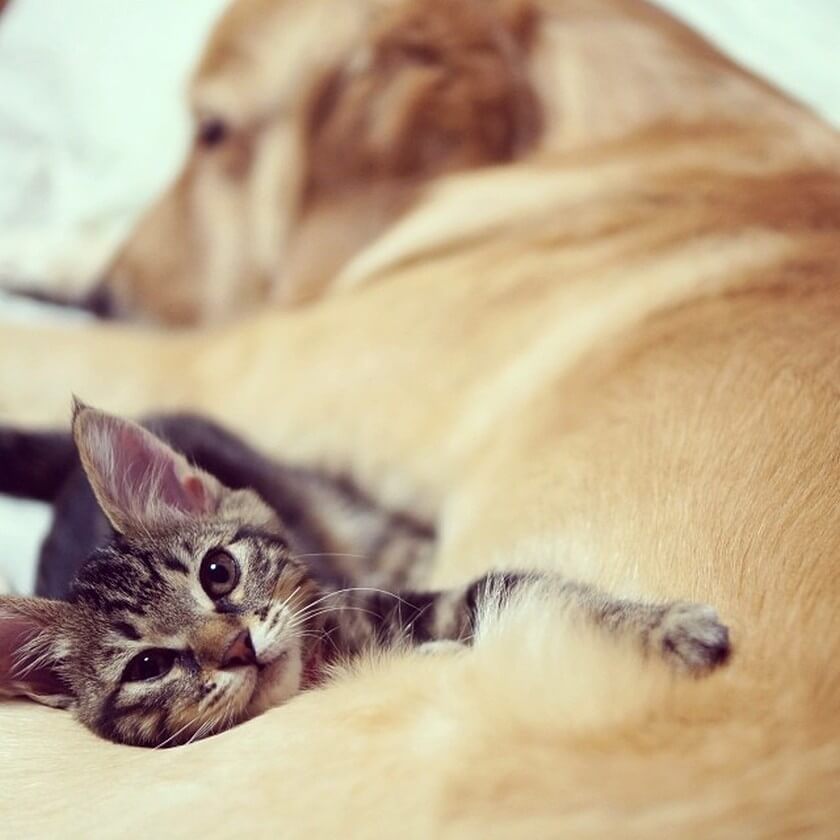A rendering plant owned by Pilgrim’s Pride has been busted once again for violating multiple environmental laws, and this time the charges expose, in graphic detail, the method for processing the most common ingredient used to make dog food and cat food: Chicken by-products.
Consumers are given a rare glimpse into the secretive world of pet food manufacturing in one of the largest producers of poultry in the United States and the second-largest chicken producer in the world.
In March, 2011 inspectors at a Pilgrim’s Pride rendering plant in Arkansas identified multiple violations. The inspectors at the Arkansas Department of Environmental Quality (ADEQ) observed:
“raw material receiving door was open and the receiving area was littered with animal parts and associated fluids during the rendering equipment maintenance period, which resulted in odorous emissions”.
What the inspectors found in other areas of the plant, just as troubling. Inside the plant they found:
“spilled animal parts and associated fluids littering the inside and outside of the raw product receiving area. Some 20 plastic transportation vessels were by found by ADEQ personnel outside the receiving area that contained animal parts and associated fluids”.
Pilgrim’s Pride was told to get their shit together in 30 days or face the consequences. They chose to ignore the violations of its permit with the agency and continued doing business as usual – by breaking the law. As a result, Pilgrim’s Pride entered into a consent administrative order (CAO) with the State of Arkansas earlier this month.
Pilgrim’s Pride has a long history of repeatedly flaunting environmental laws and have been awarded the dubious distinction of a Factory Farm Offender Award for being one of the shittiest corporations in America, according to Farm Sanctuary. Which is saying allot considering Pilgrim’s is the second-largest chicken producer in the world.
Farm Sanctuary singled Pilgrim’s Pride out for their disgraceful record of repeated pollution violations, occupational health & safety and labor standard violations, humane slaughter violations and documented animal abuse, food safety violations, and not surprisingly, product recalls.
Worst of all, an undercover investigator observed workers at a Pilgrim’s Pride plant tearing beaks off chickens, spitting tobacco juice into birds’ mouths, suffocating a chicken by tying a latex glove over her head and squeezing birds like water balloons to spray feces over other birds. Poultry-welfare experts from around the world agreed that their treatment of chickens is not only cruel, but completely reprehensible.
Sadly, these animals’ intense suffering starts long before they reach the slaughterhouse. Documented evidence at a Pilgrim’s plant reveal that on a daily basis, investigators found severe ammonia burns on the feet of chickens at the plant; a condition caused by overcrowding and poor litter quality. To put it bluntly, shit from birds crammed so tightly together in poorly ventilated sheds results in extremely high levels of ammonia, which burns painful lesions into their feet and causes respiratory disease.
Just in case you think I’m singling out Pilgrim’s Pride as the bad guys, I’m not. This rare and brief glimpse into a Pilgrim’s plant simply illustrates how the rendering industry works. To clearly understand the process you need to know how it’s done. Business as usual in the poultry processing industry is highlighted in an industry publication:
“Poultry offal is collected at processing plants without on-site rendering in a trailer, stored there until it is full, and then is transported to the rendering facility. From the minute the offal is removed from the bird, it begins to degrade in quality. Poultry intestines do not fare well in high temperatures and begin to decompose rapidly. This decomposition results in growth of pathogenic and saprophytic bacteria that breakdown the quality of the offal for use later on.
It is expensive to transport offal because of the high water content. The distance to the rendering plant may also be hundreds of miles. The process of rendering can also impact negatively the quality of the protein and fat that is recovered.”
In 2003 they purchased ConAgra Foods’ chicken division, making them one of the largest producers of poultry in the U.S., Mexico, and Puerto Rico and Pilgrim’s Pride operates seven rendering plants across the US. It’s difficult to imagine the magnitude of the problem without first looking at their business practices. When a company has a history of noncompliance, at some point in time you have to take a special look at that company and the enforcement policy. From what I observe, Pilgrim’s Pride has nothing to be proud about.
“This will be the day, this will be the day when all of God’s children will be able to sing with new meaning ‘My country ’tis of thee, sweet land of liberty, of thee I sing. Land where my fathers died, land of the Pilgrim’s pride, from every mountainside, let freedom ring’” – Martin Luther King Jr.
SOURCES:
- Rendering Plant Get’s $3,150 Fine/The Courier News/September 26, 2011
- Compliance Inspection Report/January 3, 2011
- Arkansas Department of Environmental Quality
- Factory Farm Offender Award/Farm Sanctuary
- Our Rivers, Lakes and Streams Reports/Environment America Research & Policy Center/November 18, 2010
- Pilgrim’s Mount Pleasant plant in state’s top 2 polluters, group says/News Journal, Texas/December 1, 2010
- Offal provides biofuel opportunities/WattAgNet/January 5, 2009
- KFC Supplier (Pilgrim’s Pride) Accused of Animal Cruelty/New York Times/July 20, 2004
- Animal Cruelty Taped at KFC Supplier (Pilgrim’s Pride)/CNN/July 20, 2004
- Kentucky Fried Cruelty (Pilgrim’s Pride supplier of chicken to KFC)


Comment (1) Write a comment